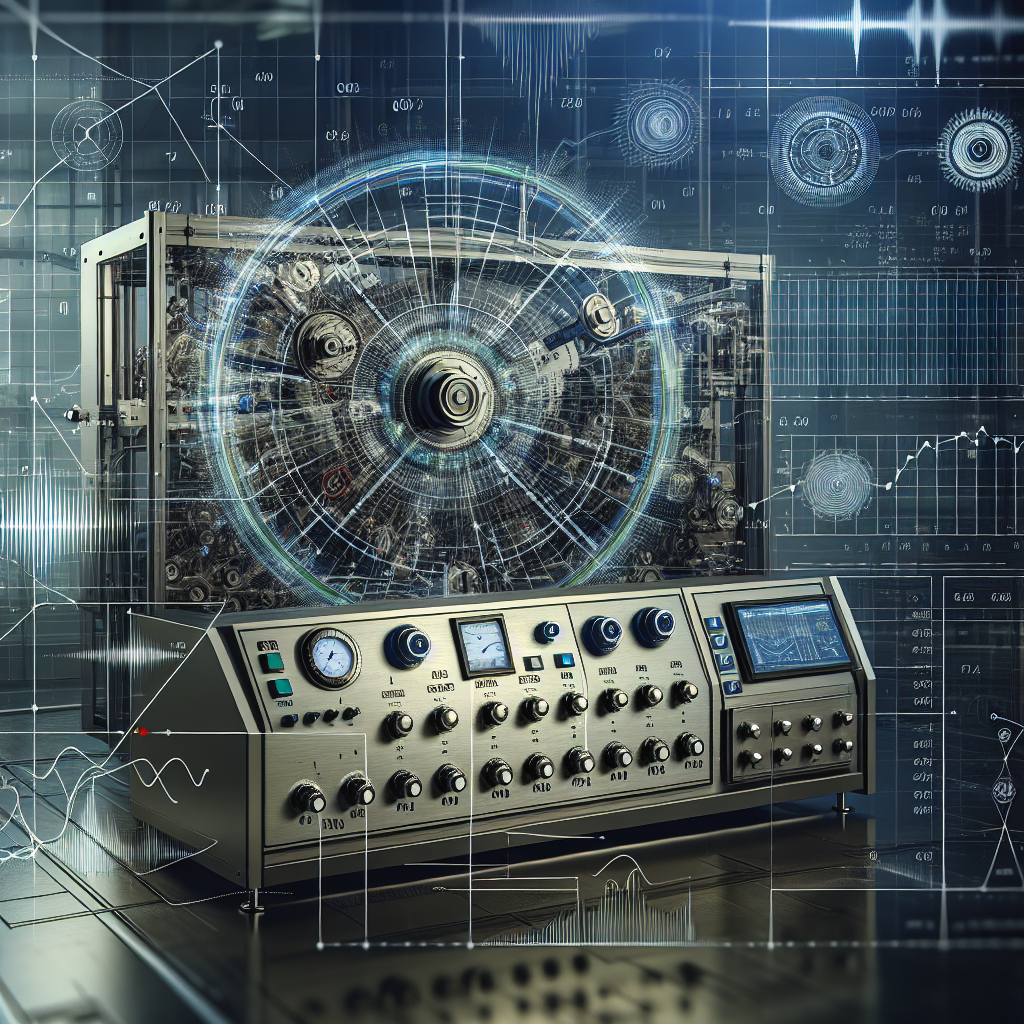Understanding the Importance of Learning Rate
Learning rate is a crucial hyperparameter in the field of machine learning and deep learning. It determines the step size at each iteration while moving towards a minimum of the loss function. Simply put, it affects how quickly or slowly a neural network model learns from the given data.
In this article, we will delve into the significance of learning rate, its impact on training models, and how you can fine-tune it for optimal performance using tools like PyTorch Lightning and Dream-Booth.
The Basics of Learning Rate
The learning rate is the magnitude of the updates made to the model’s weights during training. It’s a delicate balance: too high a learning rate might overshoot the optimal solution, while too low could lead to painfully slow convergence or getting stuck in local minima.
Why Learning Rate Matters
The right learning rate can mean the difference between a model that converges quickly and one that doesn’t converge at all. It is the most influential hyperparameter and can significantly affect the performance of your model.
The Goldilocks Principle
Finding the “just right” learning rate is akin to the Goldilocks principle. It should not be too large to overshoot the minimum, nor too small to get stuck. The optimal learning rate will achieve a good balance, allowing for efficient learning that leads to the best performance.
Learning Rate Schedulers in PyTorch Lightning
PyTorch Lightning, an open-source Python library that provides a high-level interface for PyTorch, offers learning rate schedulers to automate the adjustment of learning rates during training.
What Are Learning Rate Schedulers?
Learning rate schedulers adjust the learning rate during training according to a pre-defined schedule. This can be based on the number of epochs, the loss plateau, or even more complex criteria.
PyTorch Lightning’s Approach
PyTorch Lightning simplifies the implementation of learning rate schedulers. By incorporating these schedulers into your training loop, you can dynamically adjust the learning rate based on the feedback from the training process, leading to more efficient training and potentially better results.
DreamBooth and Learning Rate
DreamBooth, a technique for training generative models, also relies heavily on the learning rate. It requires careful adjustment to ensure that the model can effectively learn from the data without overfitting or underfitting.
DreamBooth’s Specific Learning Rate Needs
DreamBooth’s learning process involves fine-tuning pre-trained models. The learning rate here is critical because it determines how much the model should adjust its weights in response to the new data. A suitable learning rate ensures that the model retains its generative capabilities while adopting the nuances of the new dataset.
Fine-Tuning DreamBooth Learning Rate
Fine-tuning the learning rate for DreamBooth involves experimenting with different values and observing their impact on the model’s performance. It’s a process that requires patience and a systematic approach to determine the learning rate that yields the best results.
Best Practices for Setting Learning Rates
Knowing the theory is one thing, but how do you put it into practice? Here are some best practices for setting and adjusting learning rates in your models.
Start with a Learning Rate Range Test
Instead of guessing, use a learning rate range test to empirically find a good starting point. This involves training your model for a few epochs with a learning rate that increases linearly or exponentially and plotting the loss to see where it decreases most rapidly.
Use Adaptive Learning Rates
Adaptive learning rate methods, such as AdaGrad, RMSProp, or Adam, adjust the learning rate based on the weights’ historical gradients. These methods can be particularly effective in dealing with sparse data and different parameter scales.
Regularly Decay the Learning Rate
Introduce learning rate decay to reduce the learning rate over time, allowing for more refined adjustments as the model approaches the minimum. This can be done manually, by a schedule, or in response to changes in the loss function.
Pitfalls to Avoid with Learning Rates
While learning rates are incredibly important, there are common pitfalls you need to avoid to prevent sabotaging your model’s performance.
Avoiding Too High Learning Rates
Setting the learning rate too high might cause the model to converge too quickly to a suboptimal solution or even diverge. Watch out for wildly fluctuating loss or accuracy metrics as a sign that your learning rate might be too high.
Avoiding Too Low Learning Rates
On the other hand, a learning rate that is too low can slow down the training process unnecessarily, increase the risk of getting stuck in local minima, and waste computational resources.
Monitoring Overfitting and Underfitting
The learning rate can also impact the model’s ability to generalize. Be vigilant for signs of overfitting or underfitting as you adjust the learning rate and be ready to make changes as necessary.
Tools and Libraries to Help with Learning Rate
There are several tools and libraries available that can help you manage and adjust learning rates effectively.
PyTorch Lightning
As mentioned earlier, PyTorch Lightning provides learning rate schedulers out of the box, making it easier to implement sophisticated learning rate strategies without writing a lot of boilerplate code.
TensorBoard
TensorBoard is a visualization toolkit for TensorFlow that helps monitor training and evaluation metrics. It can be used to visualize learning rates and their effects over time, which is invaluable for fine-tuning.
Learning Rate Finder Tools
Some libraries offer learning rate finder tools that automate the process of discovering a good starting learning rate. FastAI, for example, has a learning rate finder that is widely used for this purpose.
The learning rate is a fundamental hyperparameter in machine learning that can make or break your model. By understanding its importance and learning how to fine-tune it using the right tools and strategies, you can improve the efficiency and effectiveness of your training processes. Whether you’re using PyTorch Lightning, DreamBooth, or any other framework, mastering the art of setting the right learning rate is a skill that will serve you well in any machine-learning endeavor.
Remember, finding the optimal learning rate is not always straightforward. It often requires experimentation and an understanding of how it interacts with other hyperparameters. However, with patience and a systematic approach, you can find the learning rate that works best for your specific model and dataset.











![Accounting Course in Delhi, 110047, [GST Update 2024]](https://free-ads.marketing2advertising.com/wp-content/uploads/2024/07/Accounting-Course-in-Delhi-1-300x224.png)


